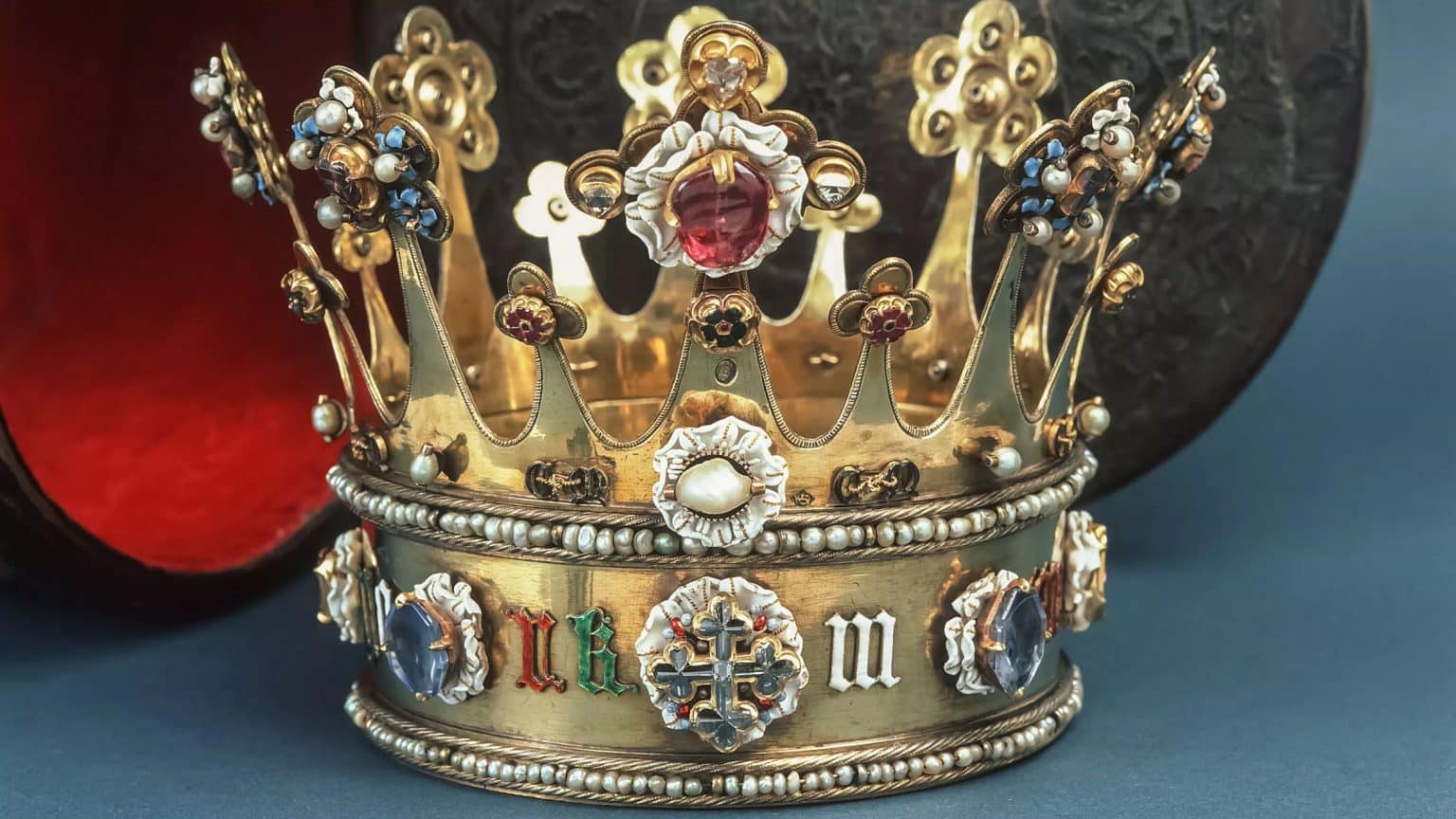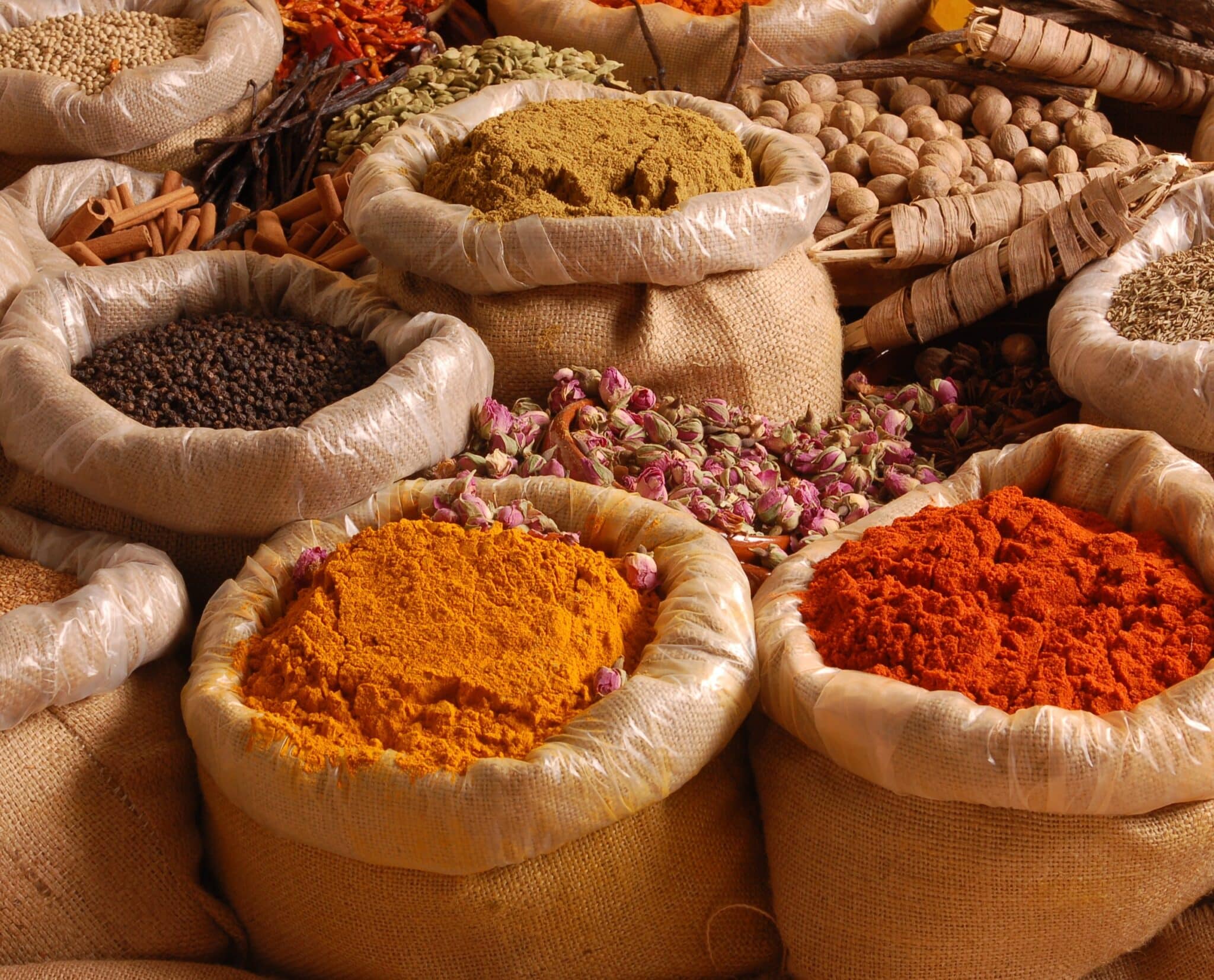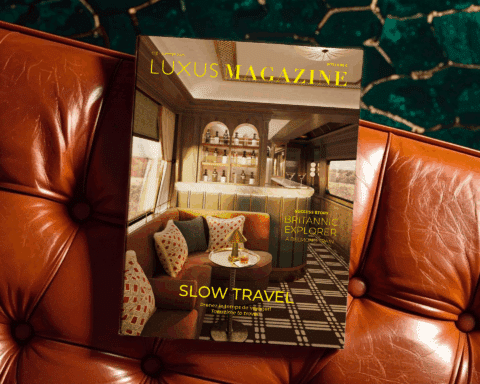In our last episode of the great epic of luxury, which focused on Antiquity, we were able to see the emergence of global trade, which was essential for the development of the luxury sector because it allowed the exploitation of new rare and high quality materials. In its extension, the Middle Ages also experienced a great expansion, both through the evolution of its commercial ecosystem and the increasing refinement of luxury objects.
In the Middle Ages, the noble families and the most powerful kingdoms were the great drivers of the luxury trade. Only the lords had the means to acquire the most expensive and rare products. These riches allow them to strengthen their prestige and power. Powerful kingdoms, such as the Byzantine Empire and the Abbasid Caliphate, took advantage of this high-end trade. By controlling the most important trade routes, they were able to impose taxes on products passing through their territory. However, the prosperity of the luxury sector was not only possible through trade. Indeed, noble families, Byzantine emperors and Abbasid caliphs were often also patrons of art and culture.
A growing refinement
The products considered as luxurious vary according to the regions and cultures. Spices grown in India, such as cinnamon, nutmeg, cloves, and pepper, are highly prized and expensive because of their rarity and the generally long transport time to their destination. They are used primarily to flavor and season foods, as well as to cure diseases.
Silk is also a highly coveted luxury product, especially in China where it is produced. Appreciated for its softness and lightness, it is used to make precious clothes and fabrics. In the deposits of India, known since antiquity, and those of North Africa, diamonds and other precious stones are also extracted to embellish jewelry, weapons and clothing. It was during this period that rubies, emeralds and other sapphires were particularly prized by the elite because of their rarity and brilliance.

Goldsmithing, a craft mastered for thousands of years, is becoming more and more sophisticated thanks to the use of silver and gold to make jewelry and decorative objects. The popularity of crimped jewelry is exploding, whether it be brooches, bracelets, necklaces, pendants or rings. Also highly prized was everything related to the art of the table – cups, flasks and other trays – in silver, gold and vermeil, testifying to a very high standard of living. But tapestries and embroideries are also very popular for decorating castles and churches. With detailed workmanship and sophisticated designs for the time, tapestries were considered pure luxury products.

Aesthetic, rare and of high quality, these products are the object of demands and conflicts between those who want to possess them. While poverty dominated in the Middle Ages, only the most powerful had access to them.
The supremacy of trading posts
The Middle Ages saw the emergence of trading posts. These centers allowed merchants to negotiate and exchange luxury goods with other regions of the world. Their emergence was facilitated by the development of monetary systems, which had appeared in antiquity. The system of currency exchanges, for example, allowed merchants to convert their currency into foreign currencies to facilitate commercial transactions. Several trading posts played an important role in the transit of luxury goods.
In Italy, Venice was famous for its glass and crystal products, tapestries and luxurious fabrics. Similarly, Genoa, associated with the trade of spices and exotic products from Asia and Africa, is an important center for the production of textiles and silk. In Egypt, Alexandria was a transit center for spices, precious stones and silk products, but it also produced high quality textiles. Important sites of maritime trade, these counters are real hubs for trade between the East and the West. Finally, Bruges is the center of trade between Northern and Western Europe for luxurious fabrics, glass and crystal objects, as well as gold and silver jewelry.
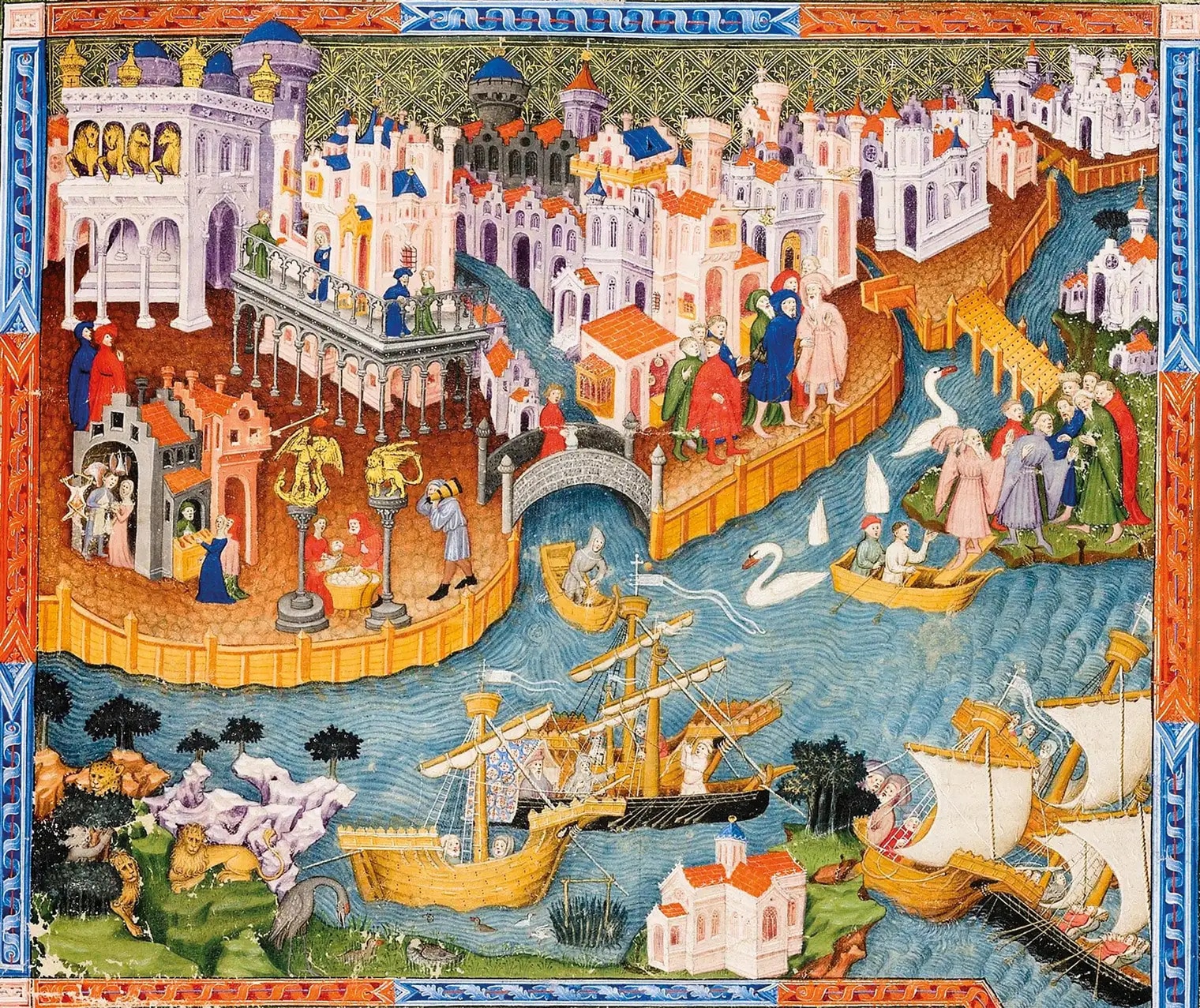
All these counters form a complex network that allows the exchange of luxury goods in the world. However, their relations were not always the most cordial. Several commercial conflicts broke out, notably between Venice and Genoa, to control the sea lanes and trade routes for obtaining these products. Armed conflicts aimed at protecting the trade fleets and controlling the strategic ports.
A strong involvement of the Church
Following Christianization in antiquity, the Church played a major role in the control and distribution of luxury goods in the Middle Ages. As the richest and most powerful institution of the time, it held a large portion of the most precious goods. Controlling access to these objects of prestige and power, it took advantage of this to forge alliances with political or spiritual actors. The Church uses and abuses its power to influence society and the economy, but also the arts. It was involved in regulating the trade of luxury goods and imposed taxes on imported goods.
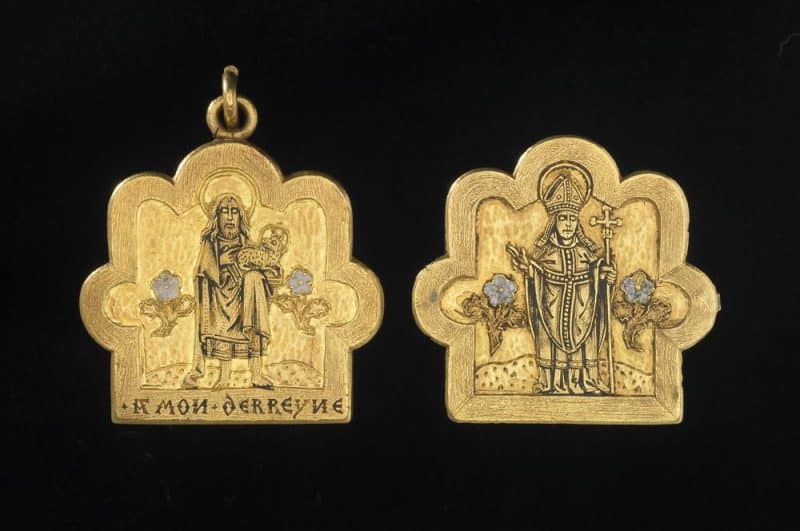
The Church is also involved in the production of some high quality products. Its specialties are mainly fabrics, jewelry, glass, crystal and metal objects, which it produces in highly skilled workshops. It requires that these locally produced items meet strict standards of quality and design.
The Middle Ages ended with two great discoveries in the same year, 1492. Gutenberg’s printing press and Christopher Columbus’ discovery of America opened up new opportunities and horizons. From then on, ideas could circulate thanks to printed books, and the gold of the Indians flowed to Europe.
Read also >THE GREAT EPIC OF LUXURY (EPISODE 2) : ANTIQUITY
Featured photo : © Press




